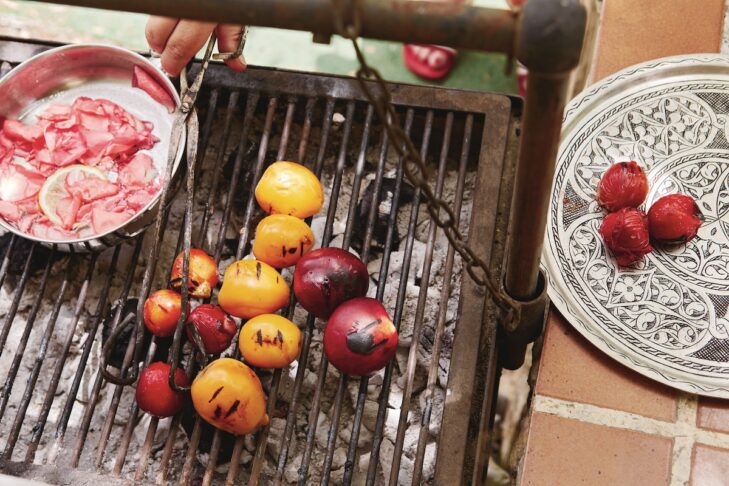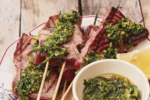Late summer just got some more culinary options thanks to three recently published cookbooks, which explore historic and contemporary cuisine from destinations across the Middle East and the Mediterranean.
If you like to grill, there’s “Chasing Smoke: Cooking Over Fire Around the Levant” by Israeli restaurateurs Sarit Packer and Itamar Srulovich. Summer is a time of real abundance, especially when it comes to vegetables, so if you’re looking for refreshing hot-weather foods featuring salads and legumes while learning about a relatively unknown aspect of Middle Eastern history and culture, check out “Samaritan Cookbook: A Culinary Odyssey From the Ancient Israelites to the Modern Mediterranean” by Benyamim Tsedaka. And if you’d like to quench your thirst with a cool drink that’s also aesthetically pleasing, look no further than “Gazoz: The Art of Making Magical, Seasonal Sparkling Drinks” by Benny Briga of Tel Aviv’s Cafe Levinsky and food writer Adeena Sussman.
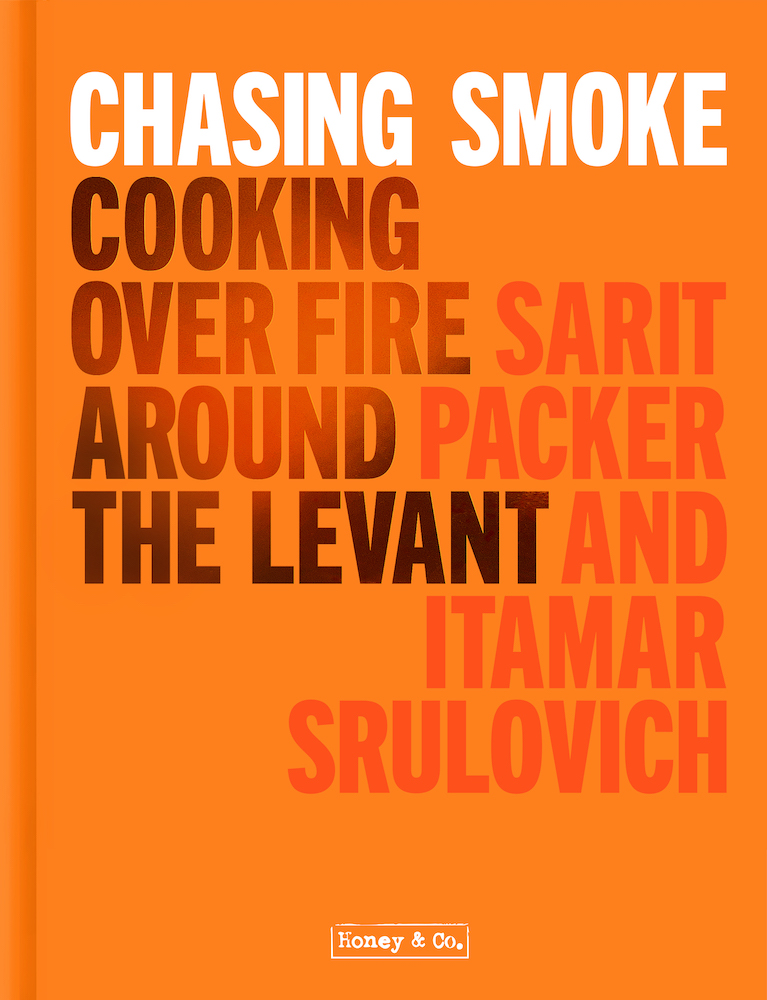
“Chasing Smoke” is a must-have for barbecue enthusiasts who are interested in a tour of five cities of the Eastern Mediterranean: Acre, Israel; Thessaloniki, Greece; Alexandria, Egypt; Amman, Jordan; and Adana, Turkey. From Turkish kebabs to a Jordanian chicken dish called zarb from historic Petra and Wadi Rum, this book is ideal for both meat lovers and history buffs. There are a few non-kosher recipes for pork, although in the cities covered by the authors, it’s “only really available in Greece, as both Muslims and Jews have laws against its consumption.” There are also memories of Passover lamb: “Eventually, as we became more immersed in Israeli food culture, we understood that lamb was fundamental to local eating habits,” including shawarma, kofta “and (the most prized cut) little cubes of pure fat from the alya, the tail.” The authors add, “Some of the best lamb dishes we have ever eaten were in southern Turkey.”
There are vegetarian options too, such as grilled artichokes with three separate recipes for dips—wild garlic mayonnaise, preserved lemon and poppy seed salsa, and harissa yogurt. Alas, one thing you won’t find an option for is how to make one of these dishes without a grill. “To cook without a fire pit: No way Jose,” the authors write in the zarb recipe. One genuinely poignant note is reflected by a photo of Acre’s Uri-Buri restaurant, described as a model of Jewish Arab cooperation; the restaurant was vandalized during the conflicts in May.
In “Samaritan Cookbook,” Tsedaka brings expertise as a Samaritan elder about his people, who date back to biblical Israel 3,000 years ago and were referenced in the New Testament parable of the “Good Samaritan.” According to the book, they were the inhabitants of the biblical Samaria; today the 850-person-strong community is centered in two places: Holon in Israel and Kiryat Luza in the West Bank on the Samaritans’ holy mountain of Mount Gerizim. Several of their holidays are also celebrated by Jews, including Sukkot, Passover and Shavuot. And, as the book indicates, food is part of Samaritan traditions. The book’s co-editors are Ben Piven and Avishay Zelmanovich, and the recipes come from the Tsedaka’s late mother, Batia bat Yefet Tsedaka, and his aunt, Zippora Sassoni Tsedaka. As Tsedaka writes in the introduction: “The Samaritan Cookbook is dedicated to enshrining the progressive status of all Samaritan women, including the 23 Samaritan women who contributed their best tasting recipes and enthuse the palate with their wonderful dishes.”
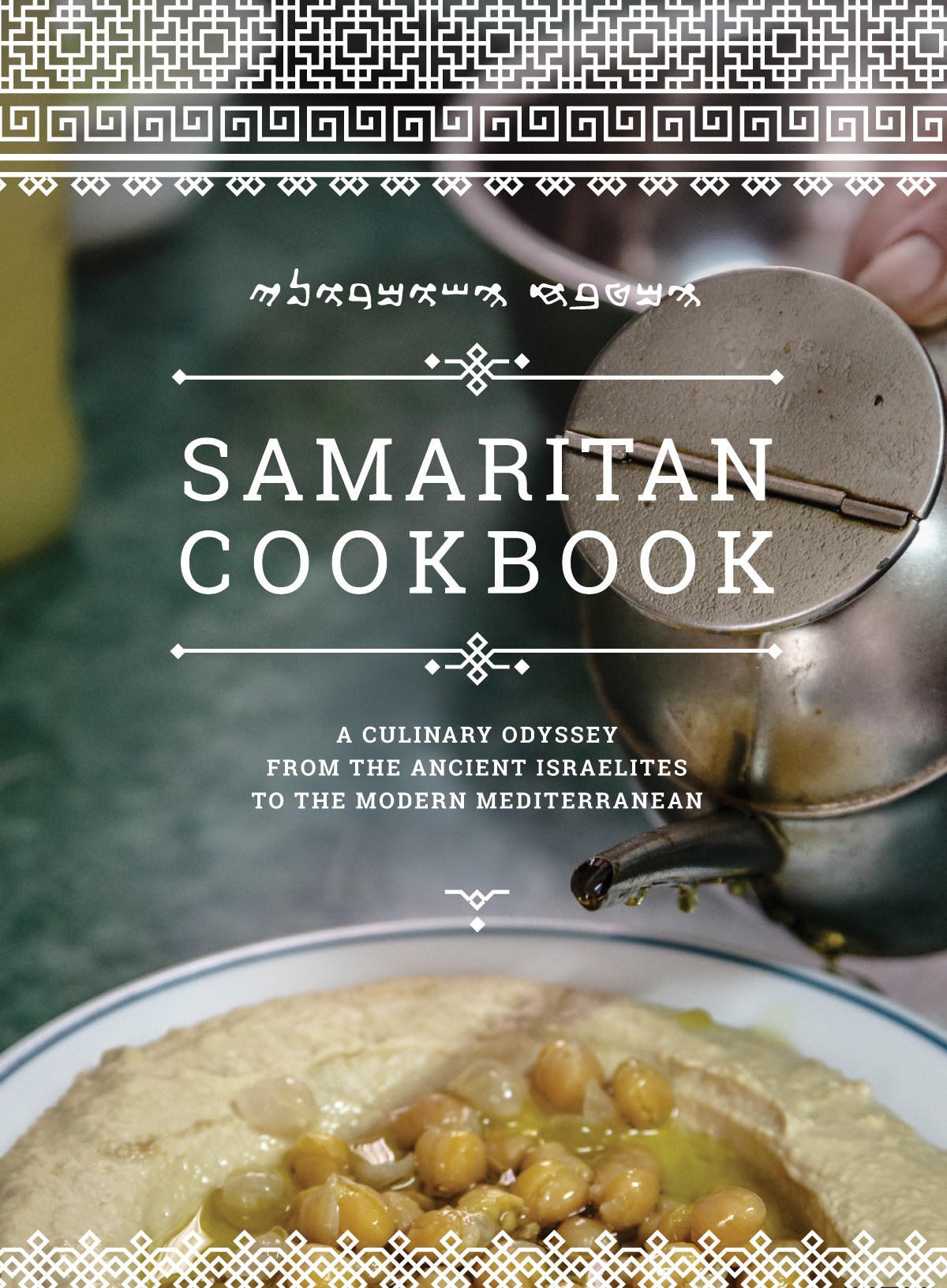
There’s a recipe for Samaritan hummus, which features cumin and paprika, topped with tomato and pickle slices, as well as black olives. A red cabbage salad includes scallions, lemon juice, chopped parsley and corn oil, with olives as an option. The Samaritan falafel recipe requires soaking chickpeas in water for a half-day (12 hours) as the first step. Garlic, onion, coriander and parsley all feature in the final version, along with Arabic spices. A vegetable medley recipe includes four pan-fried vegetables—eggplant, potatoes, cauliflower and onion. There’s even a recipe for spiced thistle—although, Tsedaka notes, “Outside the Levant, tumble thistle (gundelia) is hard to find. But other similar plants can be used in its place.”
Whether it’s a hot barbecue or a cool salad, chances are you’re still going to be hot in this record-busting summer. Why not slake your thirst with a G&T, namely, ginger and turmeric, along with all the other eclectic ingredients that go into Briga’s carbonated, non-alcoholic drinks with a history going back to the 19th century. “Gazoz” comes from the Turkish word for “gas,” and sparkling water is essential to it, as are ice cubes and flavored syrups. The book shows how to make your own syrups from fruits, vegetables, spices and even flowers, such as roses. Accompanied by illustrations that resemble works of art, the recipes explain the ingredients that go into each gazoz, although the design is up to you.
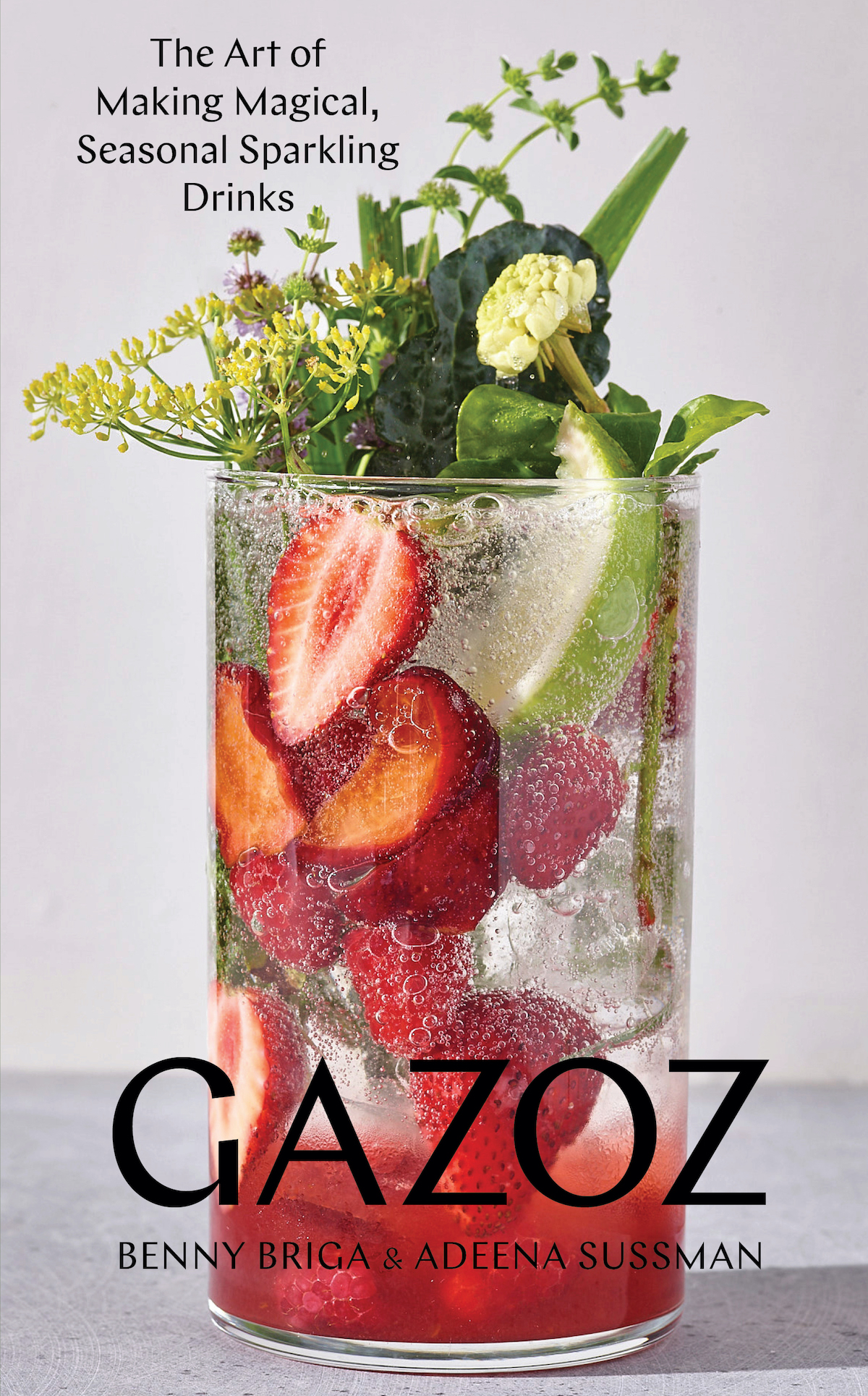
There are sections on fruit gazoz, vegetable gazoz, even “fanciful gazoz,” which includes a fig and kefir drink with the placement of the ingredients helpfully explained. The fresh and fermented figs and syrup go in the middle with the fermented juniper berries and syrup. At the top are the sage and thyme sprigs, calendula flowers and one of two options: asparagus flowers or pea shoots. On the bottom, you’ve got the ice, the seltzer and the kefir. About that last ingredient: Fermentation fans will enjoy the book’s discussion of drinks like kefir, kombucha and jun, along with the acronym SCOBY (symbiotic combination of bacteria and yeast) that’s important to all three. “And you will want to drink gazoz all the time,” Briga writes in the introduction. “Especially when it’s hot…but not only then.”
These days, it’s plenty hot, and some zarb from the grill with Samaritan hummus and a fig and kefir gazoz all sound like a great and diverse combination.


